After 20 minutes of discussion from each side, in addition to a presentation by the traffic engineer who performed the traffic study, and several follow up questions to the applicant's lawyer, the Planning Commission voted to table the application for 90 days. The reasons for the decision to table was to address several further changes to the plan, including directives to:
- reduce the total number units to 500 or less, similar to Park Springs.
- cap the height at 2 stories, as stated in the CCRC code, or up to 3 stories.
- refine the traffic study to compare it to a development of 100 homes in an R-20 subdivision. (200 homes was clarified as impossible for this property.)
- clarify the use and design of the cottages, especially from the Roswell Road view, where landscaping was cited as preferable.
- improve the size and scope of the landscaping buffer around the entire development.
The Planning Commission also specifically requested that the proposal be made available to the Planning Commission and the public at least two weeks prior to the next meeting, by the 15th of the preceding month. The next meeting is now scheduled for Thursday, September 4, 2014, which is not on a Tuesday due to the Labor Day holiday. The May 20, 2014 meeting was cancelled.
Below is the PowerPoint slide presentation for the Planning Commission meeting:
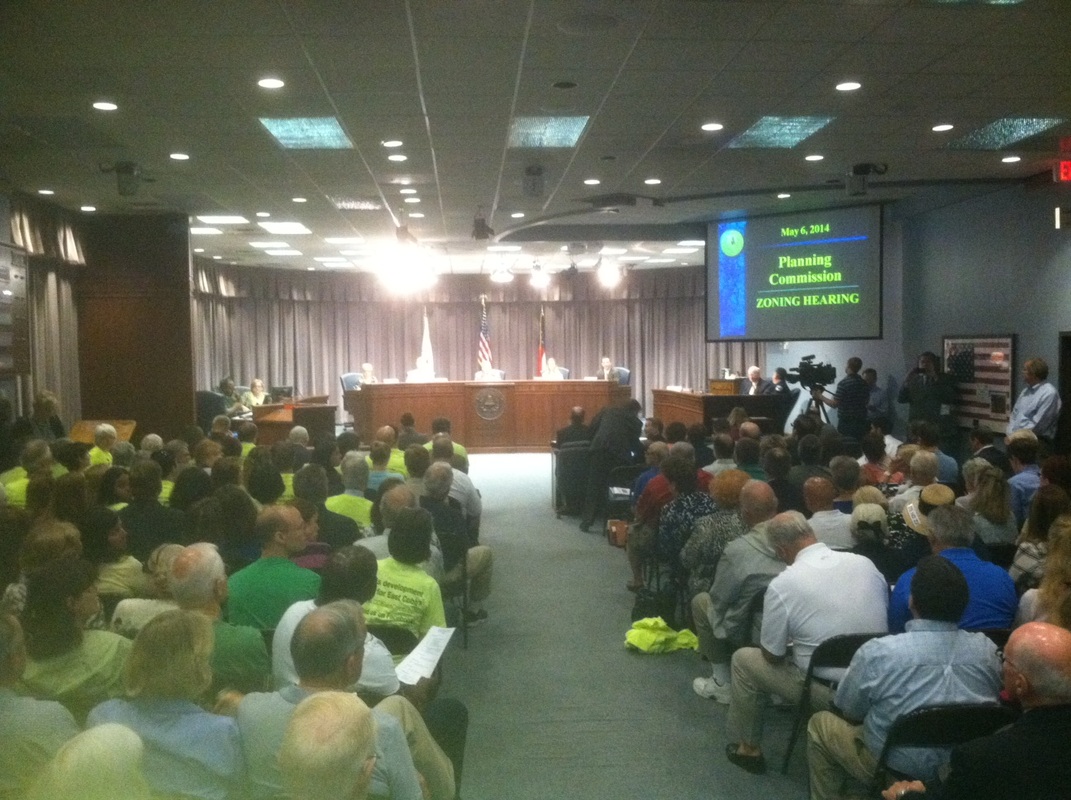
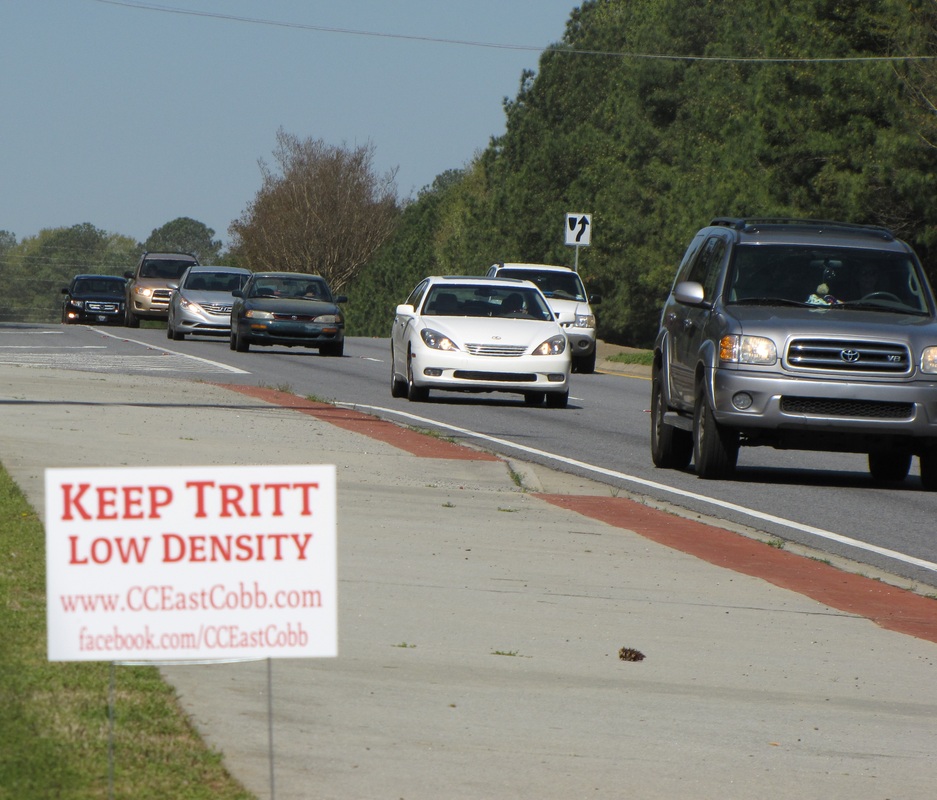
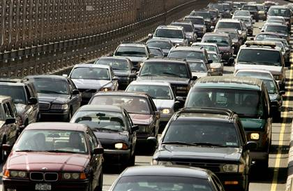
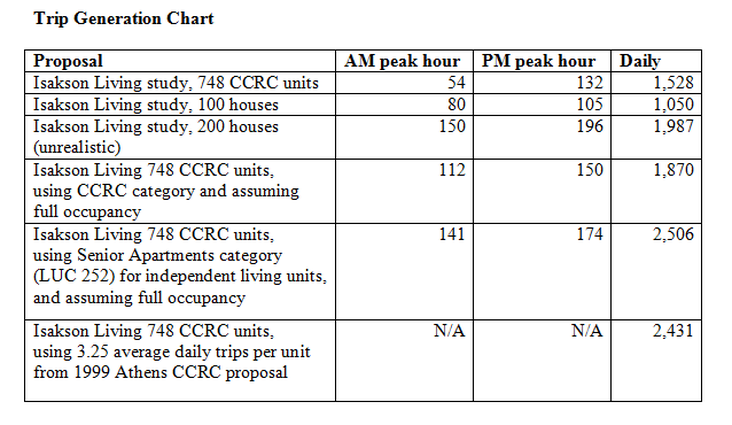
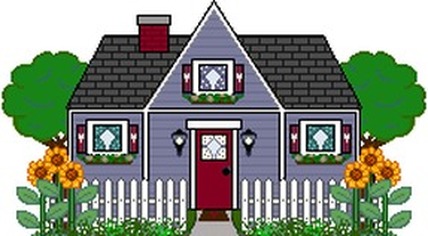
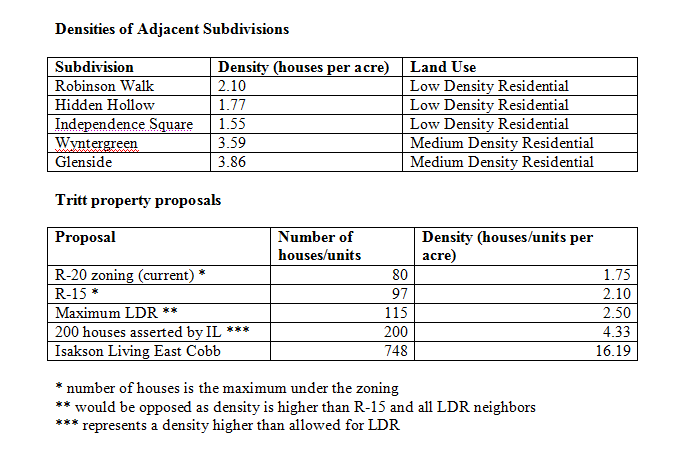
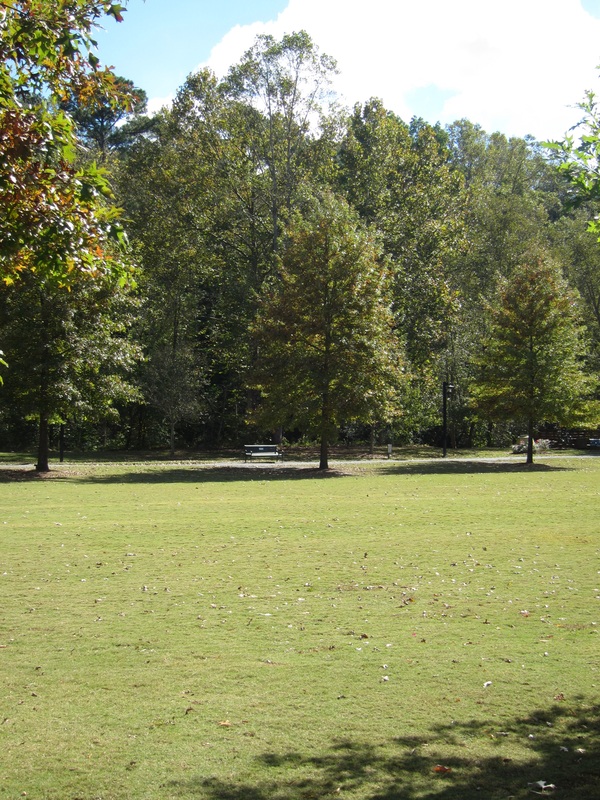
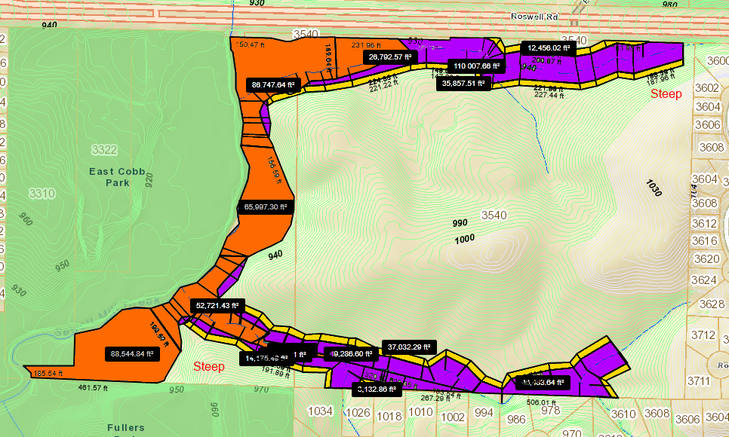
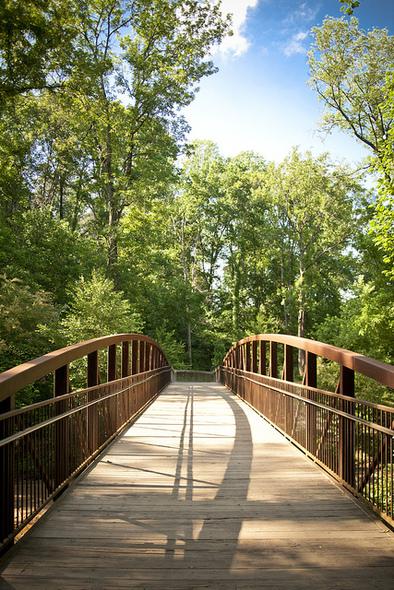

 RSS Feed
RSS Feed